Reports
North Korea Continues Expanding Its Reactor Capability for Making Plutonium for Nuclear Weapons
by David Albright and Sarah Burkhard
April 5, 2018
After a several-year delay, North Korea may have started pre-operational testing of the Experimental Light Water Reactor (ELWR) at Yongbyon. Based on Airbus imagery dated March 30, 2018, construction has continued in the last month in the reactor’s immediate vicinity and by the probable pump house for the reactor’s secondary cooling system. The operational status of the 5 megawatt-electric (MWe) reactor could not be determined from the recent imagery. However, additional construction is occurring near this reactor. The activities at these two reactors show that North Korea remains committed to expanding its reactor capability, which includes the on-going operation of the 5 MWe reactor and the commencement of full-power operation of the ELWR. Both reactors can produce weapon-grade plutonium for nuclear weapons. Some have suggested that the ELWR cannot make weapon-grade plutonium since initial reports from 2010 state this is a traditional light water reactor designed to optimally make electricity. However, assuming these characterizations of the reactor’s design are accurate and based on designs developed in the United States in the 1980s, the core of such reactors can be designed to efficiently make weapon-grade plutonium via what is commonly called a driver fuel/target core. The weapon-grade plutonium is made in the targets which are relatively easy to chemically process to separate the plutonium. As a result, halting the operation of both reactors should be a goal of any negotiations with North Korea. In the short term, especially provocative would be if the irradiated fuel from the 5 MWe reactor has been or will soon be discharged from the core and sent for reprocessing to the Radiochemical Laboratory, leading to the separation of plutonium for nuclear weapons.
5 MWe reactor: operational status and secondary cooling system
The water discharge portion of the 5 MWe reactor’s secondary cooling system may be undergoing modification (see figure 1). Near the water discharge pipe, activity is visible, including the apparent dredging and movement of sand. A small sandbank now extends well into the river. That sandbank was not visible in January 2018 imagery or in earlier imagery. However, there is no visible indication of water piping extending into the river, which could imply it is already in place, as suggested by 38North in a March report.1
Additional excavation and dredging activities are also occurring further upstream of the river, indicating that North Korea is maintaining its efforts to control the flow of the river. Figure 2, which is a 2016 Google Earth image, shows what the riverbank used to look like.
It is unclear if the reactor is operating from the visible evidence. It could be operating at low power or operating at higher power and discharging water into the river through a newly installed pipe that is no longer visible in commercial satellite imagery.
Tracking the operation and shutdowns of the reactor is difficult using commercial satellite imagery, but it is important to do in order to better estimate total plutonium production and to know when the reactor is refueled. One significant type of shutdown occurs every few to several years and is for removing irradiated fuel in the reactor core and putting in new fuel. After removal, the irradiated fuel is stored in the adjacent spent fuel pond and then sent to the Radiochemical Laboratory for chemical processing to extract plutonium for additional nuclear weapons. The IAEA reported in the summer of 2017 that it expected the reactor to shut down and unload fuel by the end of 2017.2 It is unknown if that type of shutdown has already occurred as expected or will happen soon. Nonetheless, if the irradiated fuel has been or will soon be taken from reactor, it is important that the fuel not be reprocessed and plutonium separated for use in additional North Korean nuclear weapons.
In recent months, there has been no indication of reprocessing visible at the Radiochemical Laboratory or nearby coal-fired thermal plant that produces steam for the reprocessing plant. The most recent imagery also shows no visible tell-tale activity (see figures 3 and 4). However, North Korea has demonstrated in the past that it can avoid producing visible and other signatures when it is chemically dissolving the irradiated fuel and separating the plutonium. Typically, reprocessing is accompanied by the production of steam at the coal plant, but this steam is needed more for waste reduction activities following the plutonium separation work. It should be noted that any separation of plutonium would be controversial at this point in time and North Korea should be encouraged not to reprocess any spent fuel.
Status of the Experimental Light Water Reactor
As reported in February 2018, the ELWR appears to be nearing operation or has been undergoing pre-operational testing, after a several year delay. Some reports indicated recent testing of the secondary cooling system.3 Since then, further preliminary testing activity has been reported. In mid-March, IHS Jane’s reported potential emissions from the tall stack of the reactor, which could indicate testing of internal reactor components.4
ELWR secondary cooling system
Based on assessing commercial satellite imagery from March 30, 2018, near a small building adjacent to the river, which may be a pump house, access to the river seems to have been cleared and widened (figure 5). That this building is a pump house is supported by imagery from October 2012, which shows that a trench, possibly for pipes, was dug from this building to the reactor (see figure 6).
The broadened river access supports that this is a water intake or outflow point for the reactor and is part of the secondary cooling system of the reactor. Water discoloration visible in figure 5 may show that water is being pumped to the reactor via the pump house or is flowing into the river after exiting the reactor’s secondary cooling system, which could mean the reactor is already operating or the cooling system is currently being tested.
However, some have suggested that the cistern labeled in figure 5 is the water intake point of the reactor.5 In that case, the pump house could still facilitate water intake from the cistern for the reactor. More information on the ELWR secondary cooling system is needed.
New Building Construction Near ELWR Reactor Building
At the end of March, there was new construction visible adjacent to the reactor’s entrance within the security perimeter (see figure 7). Half of an original support building was taken down, and a new building foundation is now visible as first reported by 38North on March 30, 2018.6 It should be noted that a similar original support building in the same vicinity was taken down between 2015 and 2016 (see figure 8).
Based on looking at the internal structure of the building, it is difficult to determine the new building’s purpose, but its apparent internal structure suggests it is likely unrelated to any activity critical to starting the reactor. Moreover, the structure of the building appears unrelated to nuclear waste storage. In any case, such buildings are likely not needed until after startup and could be finished in parallel to commencement of reactor operation. Thus, reactor operation is likely independent of the construction of this building and reactor operation could have commenced or could soon commence before construction of this building is completed.
Figure 1. The piping system of the secondary cooling system of the 5-MWe reactor at the Yongbyon nuclear site may be undergoing or have undergone modification, possibly the extension of the discharge pipe into the river.
Figure 2. The riverbank and the water discharge pipe in 2016.
Figure 3. The Radiochemical Laboratory shows no major visible signs of activity.
Figure 4. The coal-fired steam generation plant shows no visible signs of activity.
Figure 5. Widened water access below the probable pump house may serve to facilitate water intake or outflow for the reactor. The water in the immediate area is noticeably discolored, possibly indicating water movement or flow, the direction of which cannot be determined.
Figure 6. Possible pipe work in 2012 is one of the main indicators that the building by the river is a pump house or otherwise part of the ELWR’s secondary cooling system.
Figure 7. Construction of a new building is taking place near the ELWR. However, it is unlikely that the building is critical for reactor operation or an indication of when the reactor may commence operation.
Figure 8. Two support buildings used to be located where construction of a new building is currently taking place.
1. Frank V. Pabian, Joseph S. Bermudez Jr. and Jack Liu, “North Korea’s Yongbyon Nuclear Complex: 5 MWe Reactor is Likely Operating, New Military Encampment Established,” 38North, March 5, 2018, https://www.38north.org/2018/03/yongbyon030518”>https://www.38north.org/2018/03/yongbyon030518 ↩
2. Report by the Director General, International Atomic Energy Agency, Application of Safeguards in the Democratic People’s Republic of Korea, GOV/2017/36-GC(61)/21, August 25, 2017, http://isis-online.org/uploads/iaea-reports/documents/IAEA_Report_North_Korea_Aug2017.pdf ↩
3. Allison Puccioni and Elliot Serbin, “North Korean ELWR makes progress towards Operations,” Jane’s Intelligence Review, January 3, 2018, http://www.janes.com/images/assets/853/76853/North_Korean_ELWR_makes_progress_towards_operations.pdf
See also David Albright, Sarah Burkhard, and Allison Lach, “On-Going Monitoring of Activities at the Yongbyon Nuclear Site,” Institute for Science and International Security, February 13, 2018, http://isis-online.org/isisreports/detail/on-going-monitoring-of-activities-at-the-yongbyon-nuclear-site/10#images ↩
4. “Jane’s Discovers Likely Operational Testing at North Korean Nuclear Reactor,” IHS Markit, March 16, 2018, https://ihsmarkit.com/research-analysis/Janes-Discovers-Likely-Operational-Testing-at-North-Korean-Nuclear-Reactor.html ↩
5. See for example, “North Korean ELWR makes progress towards Operations,” http://www.janes.com/images/assets/853/76853/North_Korean_ELWR_makes_progress_towards_operations.pdf ↩
6. Frank V. Pabian, Joseph S. Bermudez Jr., and Jack Liu, “New Building Construction Near North Korea’s Experimental Light Water Reactor,” 38North, March 30, 2018, https://www.38north.org/2018/03/yongbyon033018 ↩


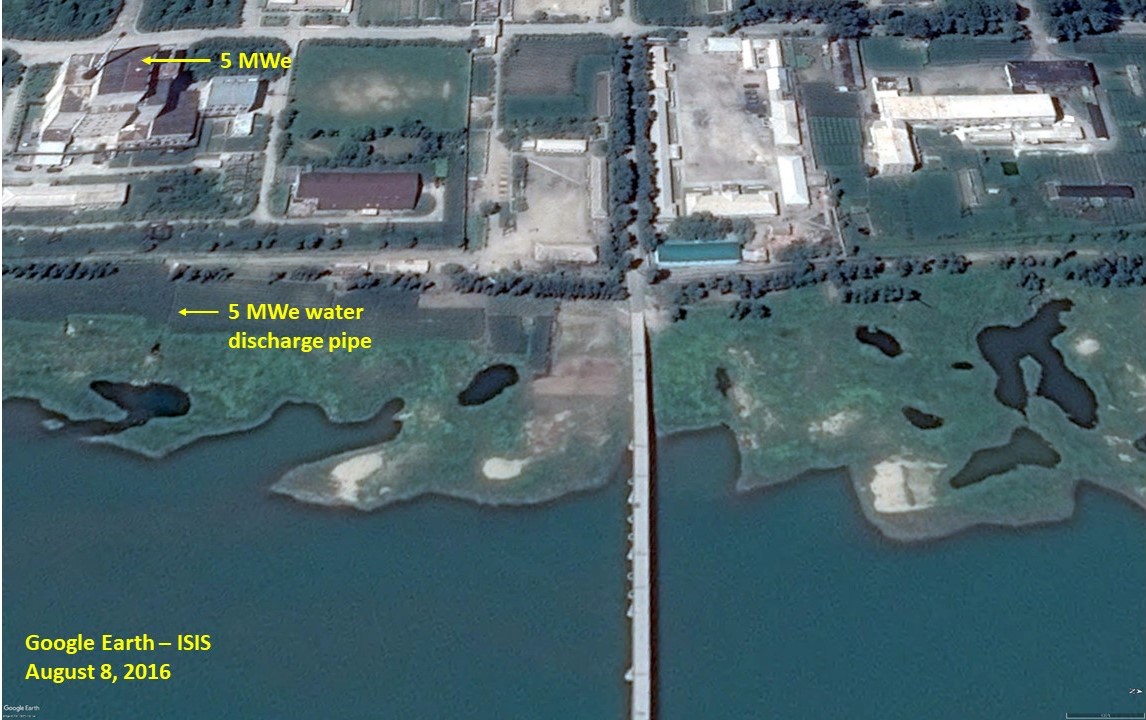
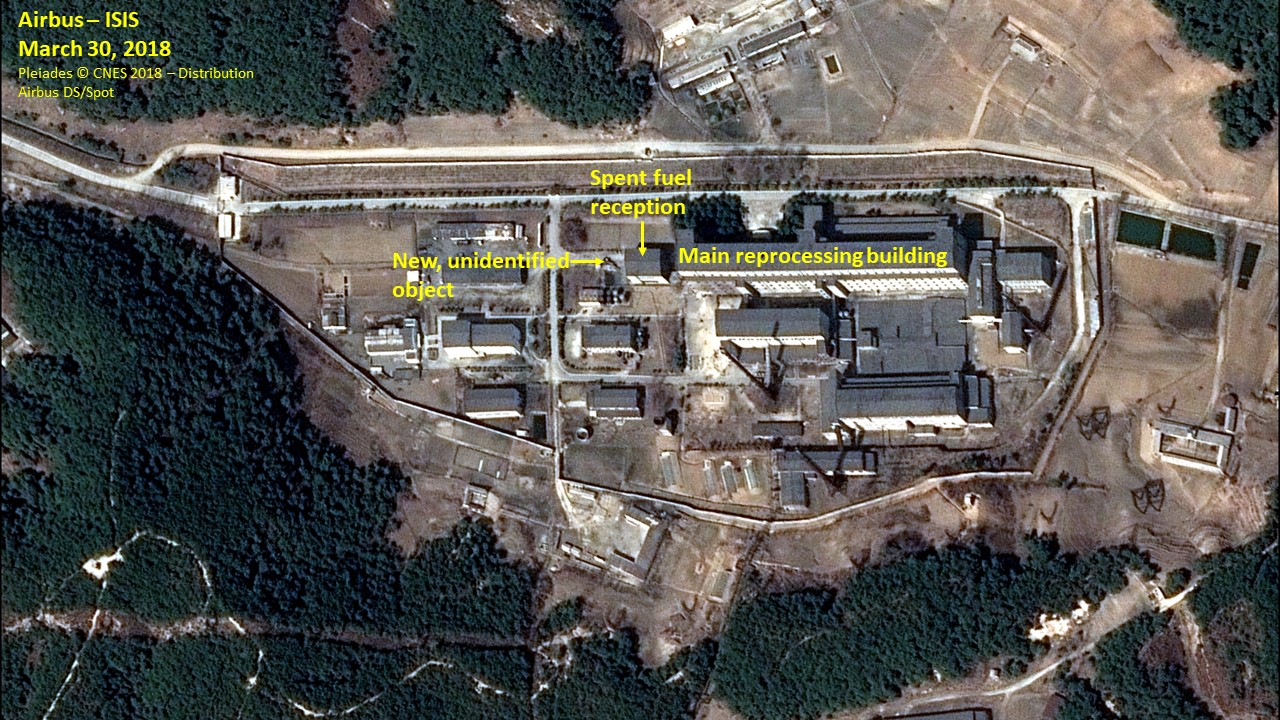
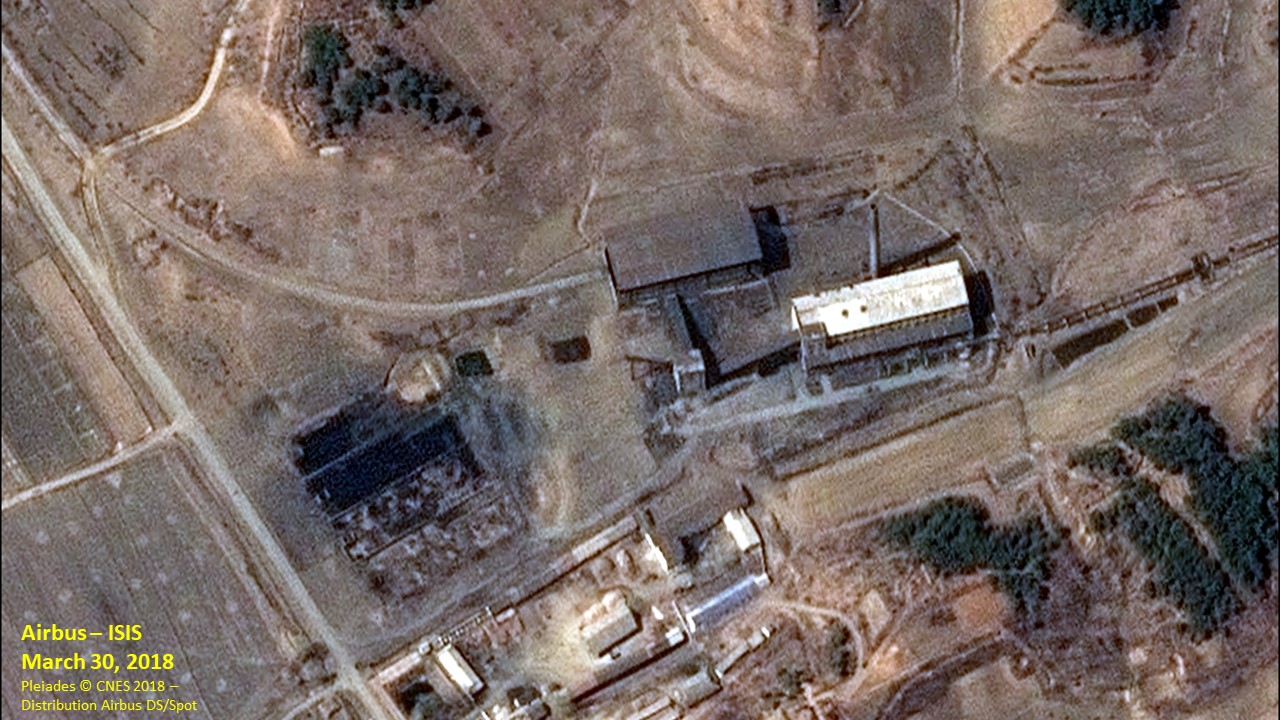
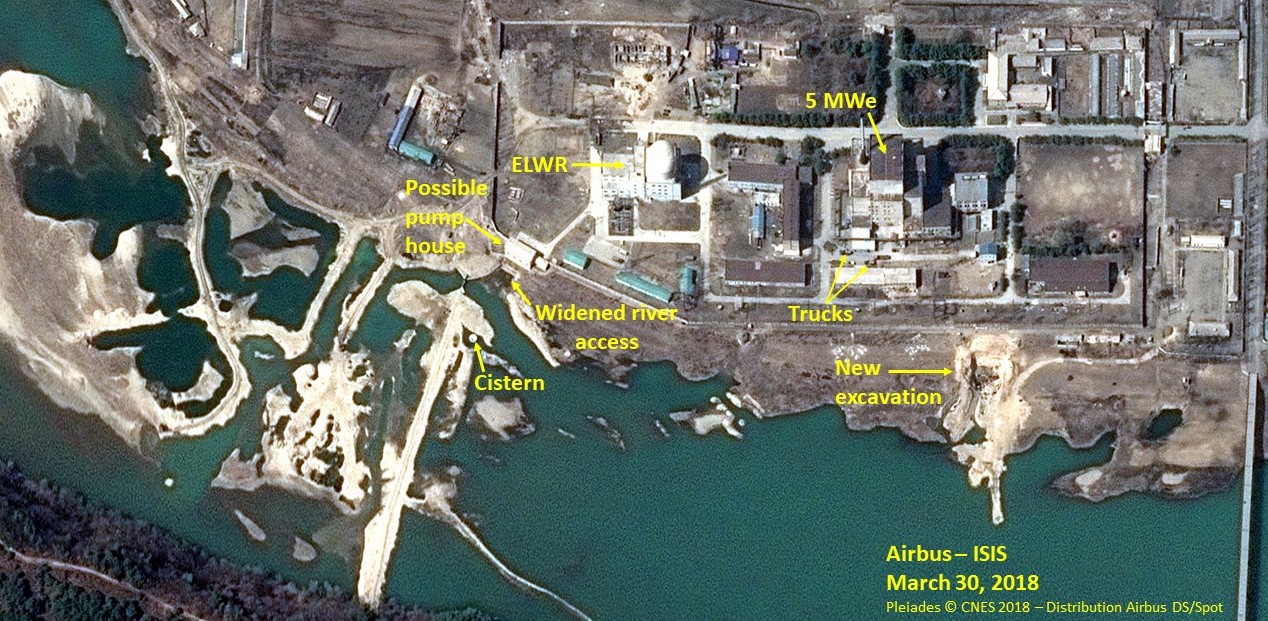
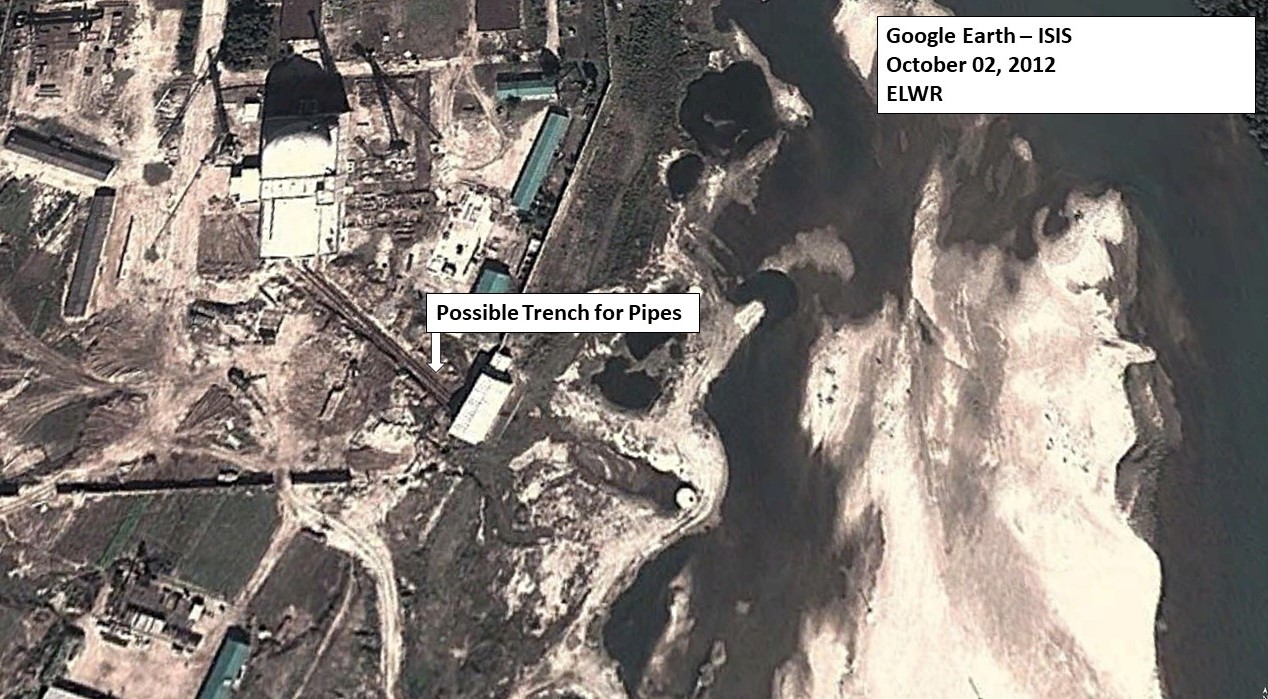
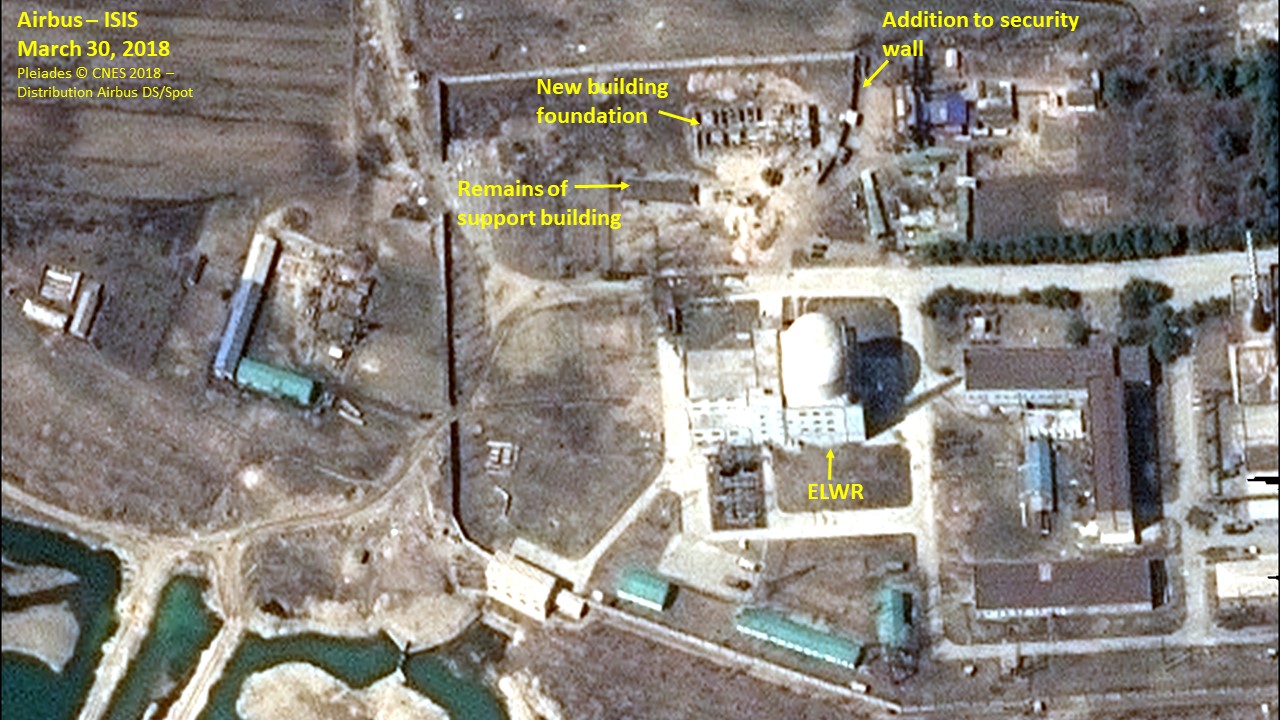
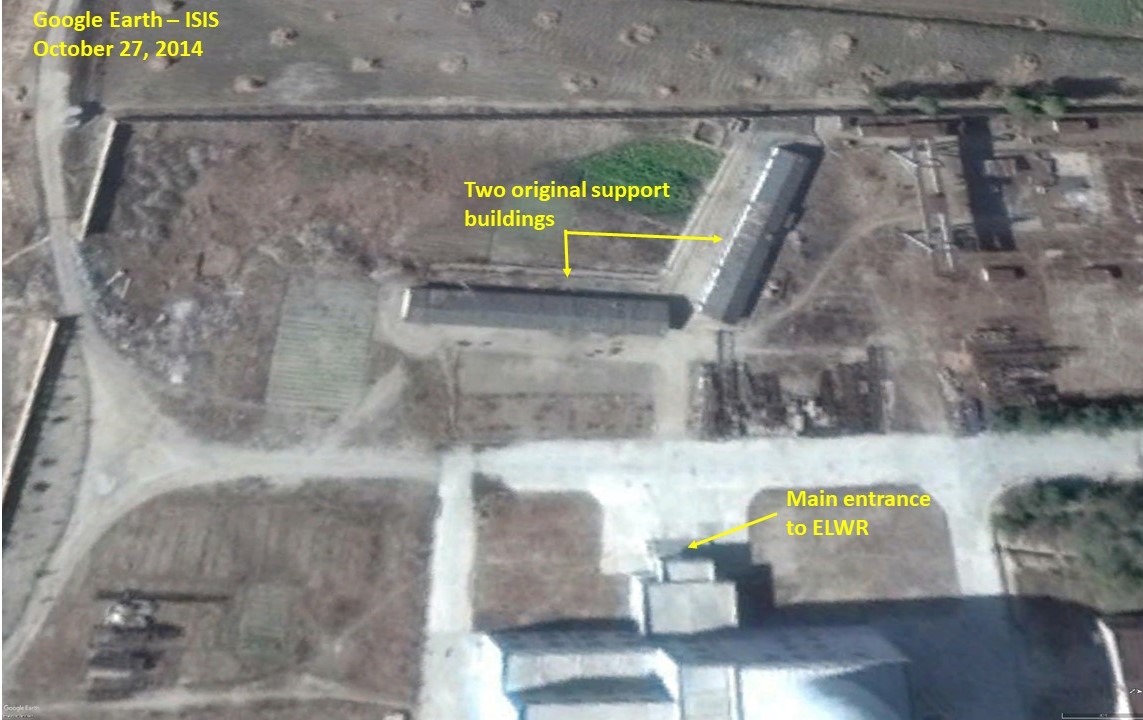
 twitter
twitter